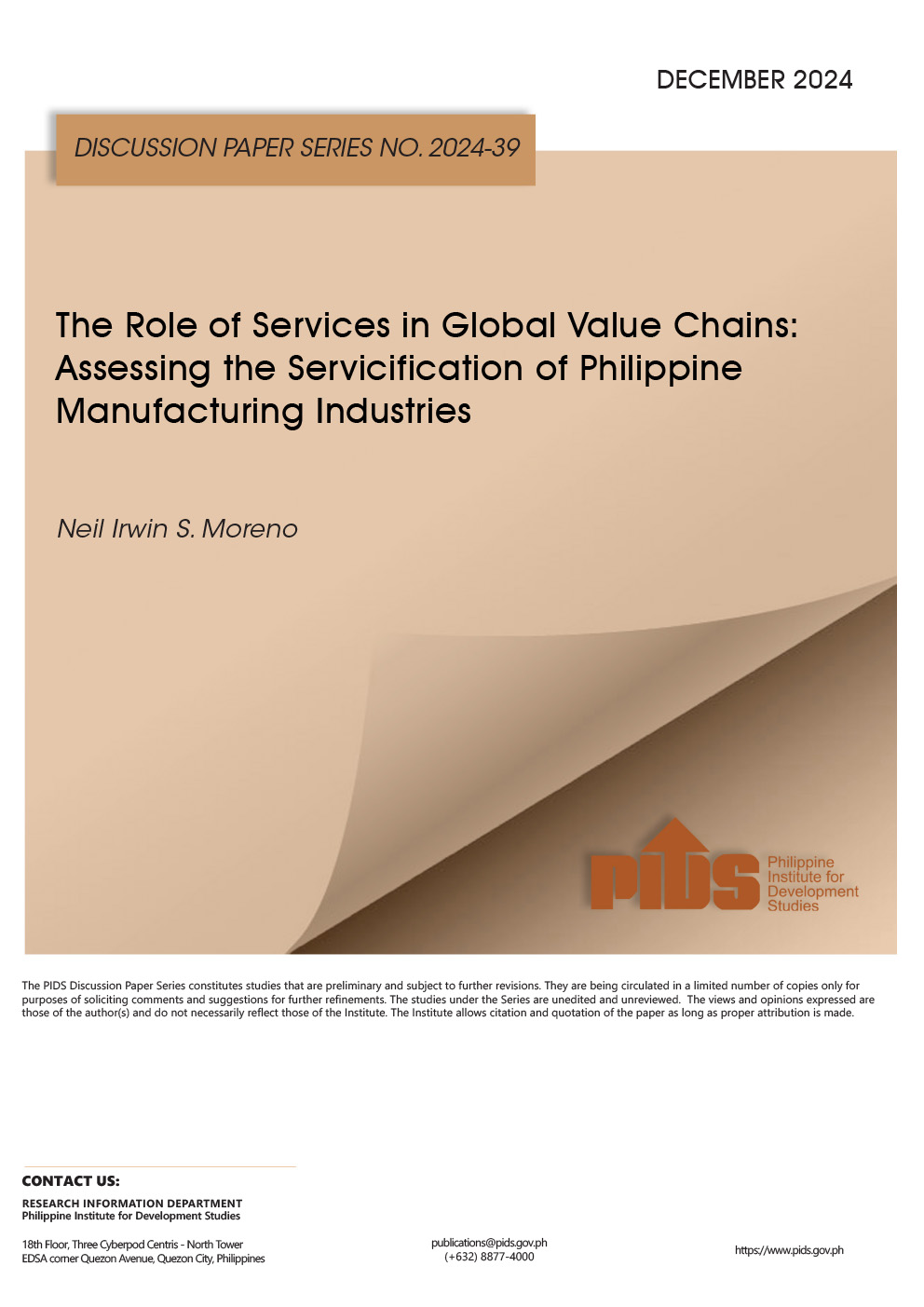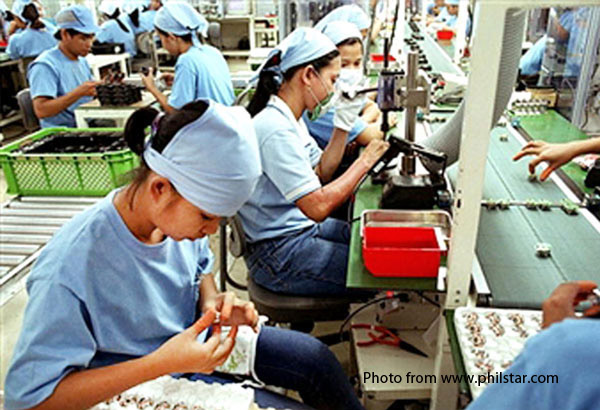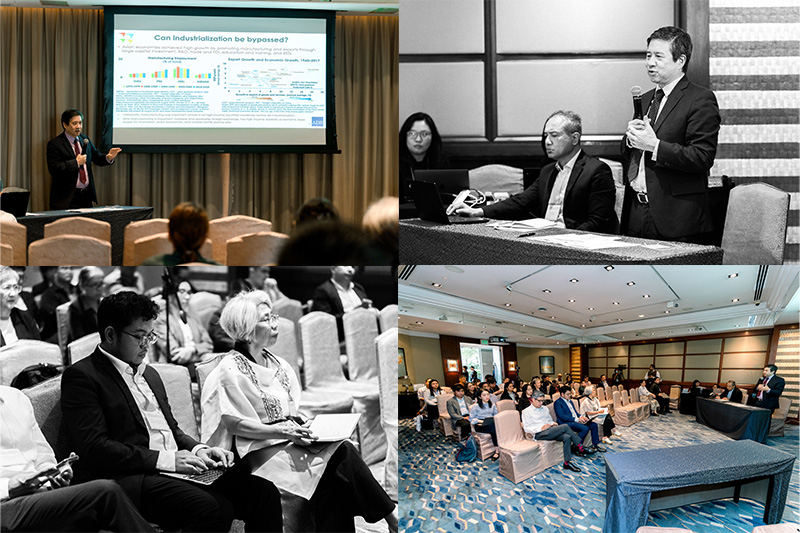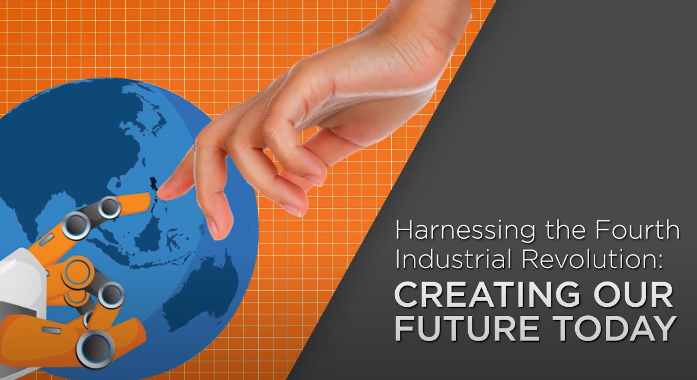The Philippine Institute for Development Studies (PIDS) said that the country’s manufacturing lag from the 1990s to 2000s caused the "boom-bust cycle” of the Philippine economy.In a statement, PIDS Vice President Rafaelita Aldaba said that the gross domestic product (GDP) of the country should also be driven by manufacturing and industries as it can "create more quality jobs” than the services sector."The desired structural changes to create enough employment also did not take place in the manufacturing sector. Employment average share of manufacturing dropped from 10 percent in 1990s to 9.1 percent in 2000s, which reflects the sector’s failure to create enough jobs,” she said. "If you want economic growth be inclusive, we should not rely on the services sector alone. We can create more quality jobs in the manufacturing sector,” Aldaba added, referring to the government’s main agenda of inclusive growth aside propelling the economic growth of the country. Citing her study on manufacturing, Aldaba observed that manufacturing’s share of value-added GDP of 26.3 percent in 1980s dropped to 23.7 percent in 2000s. She pointed out that neighboring countries like Thailand, Indonesia and Malaysia had a higher value added and grew more since 1990s. PIDS President Gilberto Llanto said in a separate occasion that the manufacturing sector should "get a boost” so that Philippine economy would "not rely much on services sector and dollar remittances of overseas Filipino workers.”
Related Posts
Publications
Press Releases
Video Highlights
Infographics
[No related items]







